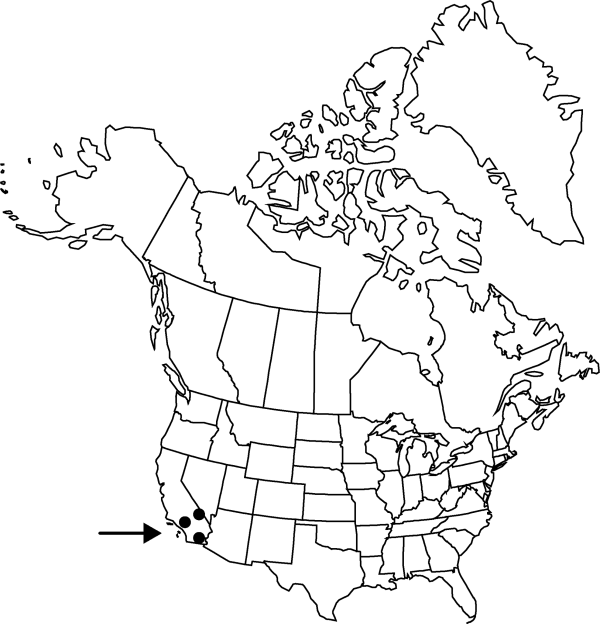Difference between revisions of "Atriplex canescens var. macilenta"
Fl. Calif. 1: 442. 1914.
FNA>Volume Importer |
imported>Volume Importer |
||
| (5 intermediate revisions by 2 users not shown) | |||
| Line 8: | Line 8: | ||
}} | }} | ||
|common_names=Salton saltbush | |common_names=Salton saltbush | ||
| + | |special_status={{Treatment/ID/Special_status | ||
| + | |code=E | ||
| + | |label=Endemic | ||
| + | }} | ||
|basionyms= | |basionyms= | ||
|synonyms= | |synonyms= | ||
| Line 33: | Line 37: | ||
-->{{#Taxon: | -->{{#Taxon: | ||
name=Atriplex canescens var. macilenta | name=Atriplex canescens var. macilenta | ||
| − | |||
|authority=Jepson | |authority=Jepson | ||
|rank=variety | |rank=variety | ||
| Line 47: | Line 50: | ||
|publication title=Fl. Calif. | |publication title=Fl. Calif. | ||
|publication year=1914 | |publication year=1914 | ||
| − | |special status= | + | |special status=Endemic |
| − | |source xml=https:// | + | |source xml=https://bitbucket.org/aafc-mbb/fna-data-curation/src/2e0870ddd59836b60bcf96646a41e87ea5a5943a/coarse_grained_fna_xml/V4/V4_755.xml |
|genus=Atriplex | |genus=Atriplex | ||
|subgenus=Atriplex subg. Pterochiton | |subgenus=Atriplex subg. Pterochiton | ||
Latest revision as of 22:00, 5 November 2020
Plants mainly 3–10(–20 dm), not spiny. Leaves narrowly oblanceolate, mainly 14–25 × 2–5 mm wide, often thickened, mainly rounded apically. Pistillate flowers borne in panicles mostly 5–25 cm. Fruiting bracteoles on stipes 0–4(–7) mm, body typically with 4 prominent, dentate or laciniate wings extending the bract length, united throughout, mainly 5–10 × 4–8 mm, apex toothed, surface of wings and body smooth or reticulate.
Phenology: Flowering spring–fall.
Habitat: Saline desert flats, alluvial fans
Elevation: -60-100+ m
Discussion
Atriplex canescens var. macilenta, a high polyploid (x = 9), apparently arose through initial hybridization involving Atriplex canescens and one chromosomal race of A. polycarpa. It shares a similar morphology with the diploid A. linearis, with which it has been confused. That entity is present in the south California vicinity of both varieties macilenta and laciniata. It differs in its very slender branchlets, less laciniate wings, and more elongate, elliptic leaves.
Selected References
None.
